25th April 2023
“The inquisitive that prefer our own country antiquities to the vain tour of foreign, will find much of curious amusement there.” So said the antiquarian William Stukeley (1687-1765) of the Rollright Stones, on the borders of Oxfordshire and Warwickshire.
Stukeley is a personal hero of mine. The things he got wrong are far surpassed by the enthusiasm he demonstrated in recording Neolithic sites for posterity, encouraging an interest in these otherwise maligned sites by God-fearing zealots.
The Rollright Stones are an anomaly when viewed in terms of both location and the quality of the standing stones in England visible today. The concentration of sites are prevalent in the West Country, with Rollright lying isolated to the northeast. As Stukeley described in his day, the stones are “corroded like worm-eaten wood, by the harsh jaws of time.”
This being my second visit to the Rollright Stones, my expectation of the condition of the stones compared to nearby Avebury still surprises me. The corrosion Stukeley speaks of is apparent, but this no less detracts from the experience. Here, the various landmarks we know to have been constructed some 1,000 years apart in stages, and rife in folklore to explain its reason for being.
On this day, I was content to follow in Stukeley’s footsteps, to see the sights he meticulously sketched and recorded, viewing them as he did 280 years ago.
THE KING’S STONE
My inspection of The King’s Stone (c. 1,500 BC) was short-lived, on account that welding work was taking place of the 129 year old protective railings surrounding the monolith. In any case, Stukeley sketched the stone as part of a wider panorama of the site, not recording in so much detail, but enough to give an idea of how it looked before souvenir hunters chipped away at it.
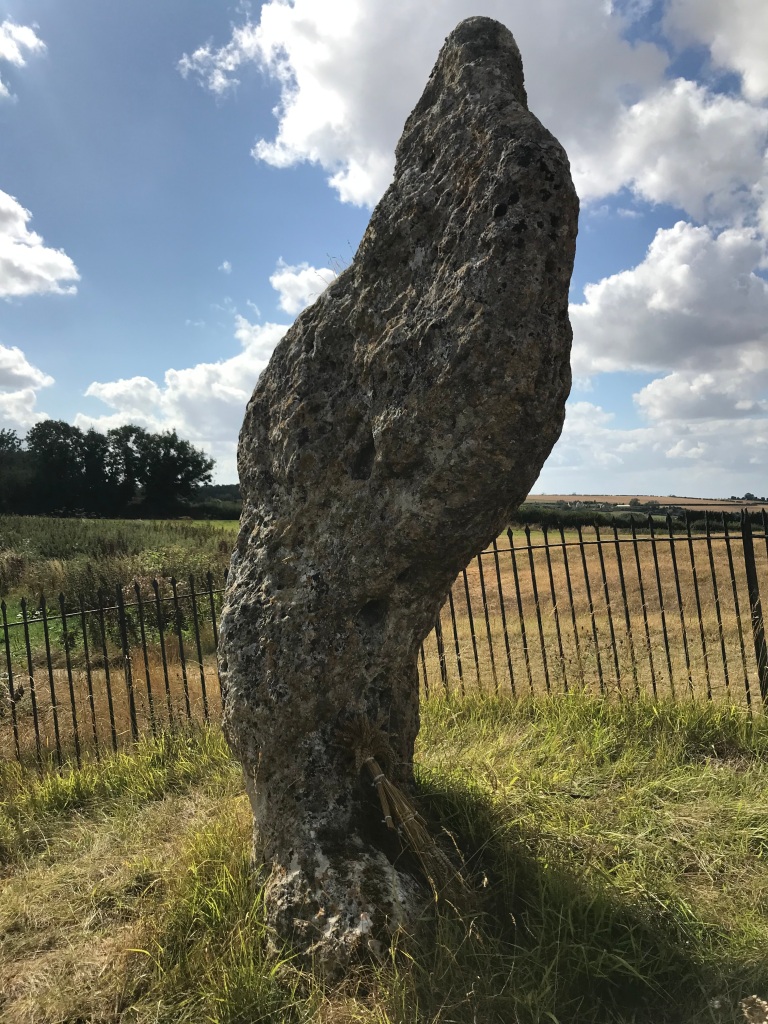
THE KING’S MEN (STONE CIRCLE)
The King’s Men stone circle (c. 2,500 BC) has surprisingly maintained its form from Stukeley’s day, despite stones being removed centuries past for building materials. Specifically, the north hemisphere of the circle remains consistent with his observations. Observed from the south, the correlation with what Stukeley saw then and what I see today me began to merge.
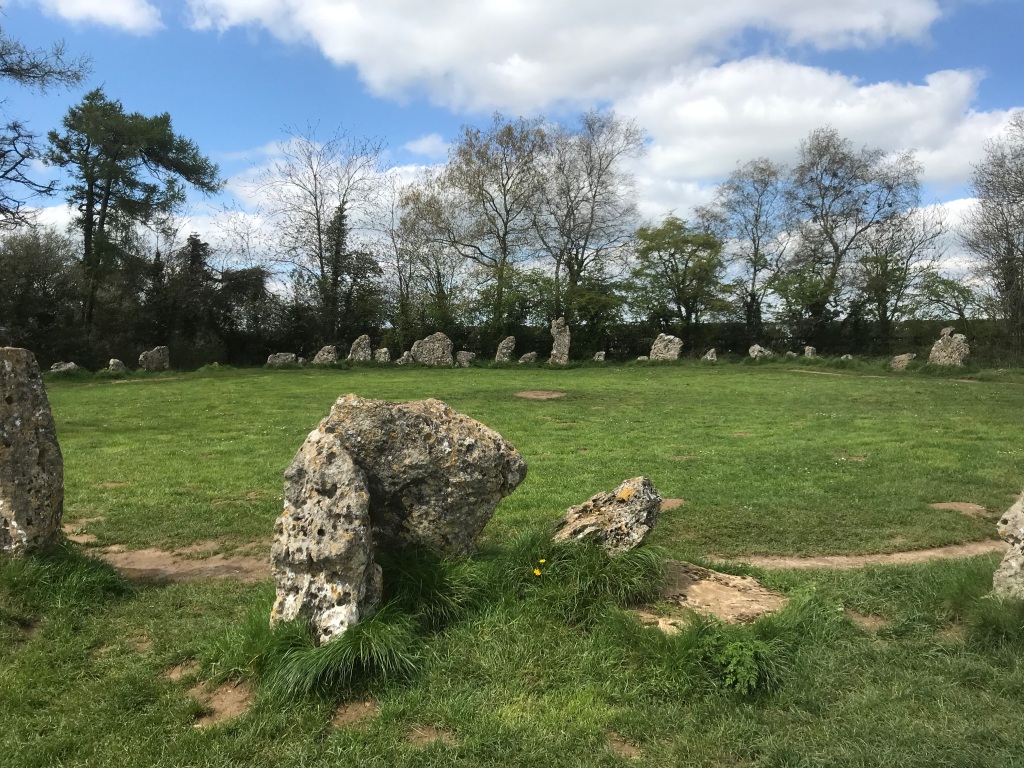

THE WHISPERING KNIGHTS (DOLMEN)
I lingered most at The Whispering Knights portal dolmen (c. 3,800 BC), which was intricately sketched by Stukeley from a number of angles. As the first and most easily accessible dolmen I’ve encountered, the structure of this group of stones and the folklore surrounding them is fascinating.
Stukeley’s illustrations show five upright stones, although it’s believed that the now recumbent stone is in fact a capstone that has collapsed into the chamber. The eastern view closely matches that illustrated by Stukeley, and with a convenient bench nearby, much time was spent comparing the view and pondering time. Could Stukeley have imagined his work being reviewed, centuries later? Time, and the traces we leave for others to follow is of great fascination.
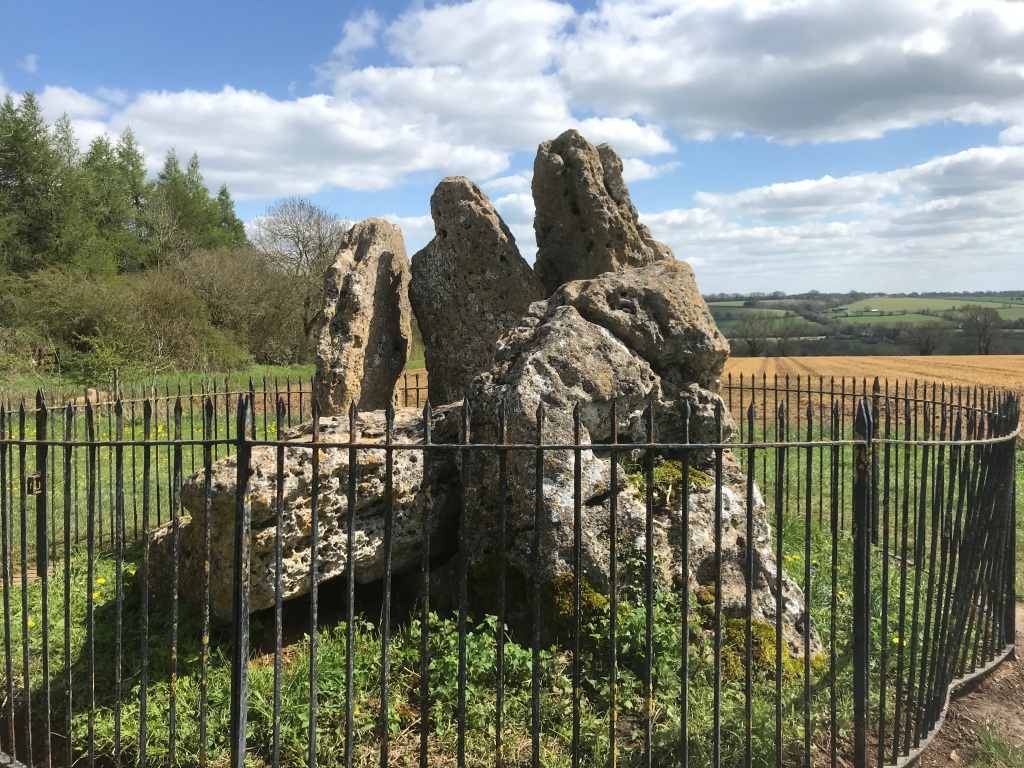

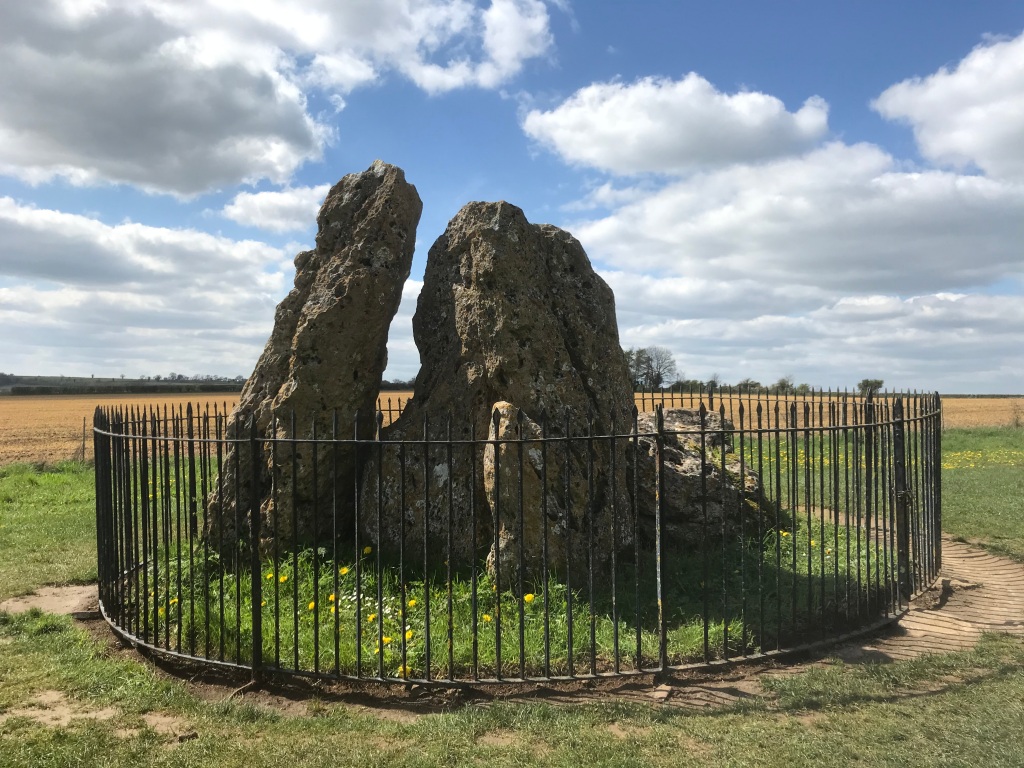
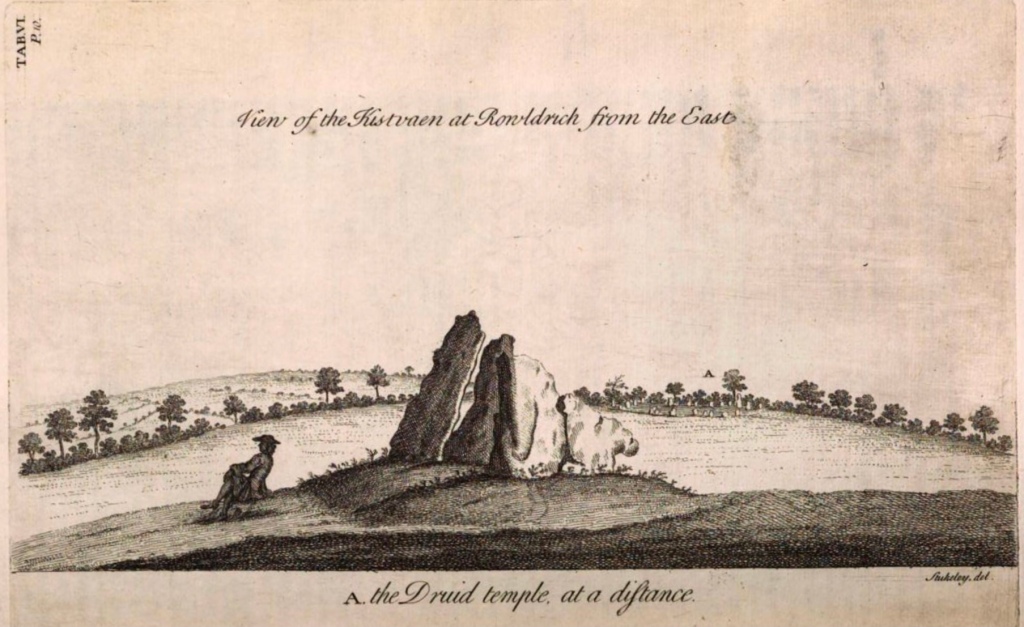
Further details on The Rollright Stones available here.

Leave a comment